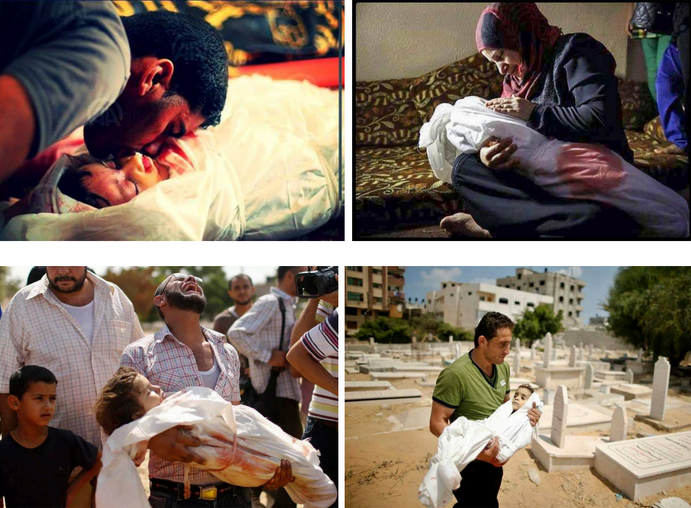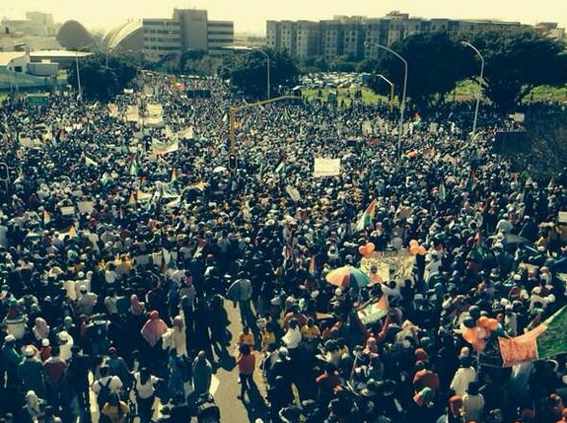Category: Gaza
-
Consequences of destruction
17th August 2014 | Charlie Andreasson | Gaza, Occupied Palestine The military assaults on the Palestinians have been going on for over a month, and even if the war should end while I’m writing, the exhausting consequences of it will continue for some time. Concern for your own life, for your family members and friends, and…
-
More stories from Gaza
9th August 2014 | Sarah Algherbawi | Gaza, Occupied Palestine Sarah Algherbawi is a Palestinian citizen who was born in Saudi Arabia in 1991 and now lives in the Gaza Strip. She finished her BSc degree in Business Administration at the Islamic University of Gaza, and now works as a media project coordinator. It is extremely difficult to find a…
-
Photos: Protests for Gaza Day of Rage around the world
9th August 2014 | International Solidarity Movement| Occupied Palestine All over the world, from Cape Town to London, people have taken the streets for Gaza!



